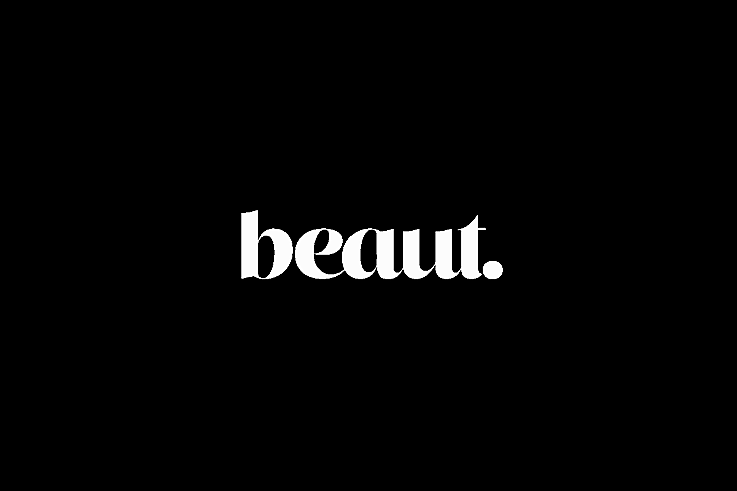
Every day our skin sheds dead skin cells and naturally exfoliates. But over time with ageing, this process slows down or can even stop completely.
If the skin is not naturally shedding its dead cells it results in dull, dry or even flaking skin. It can also cause clogged larger pores, a loss of elasticity and uneven skin tone.
But there is a way to help the skin do this. By helping your skin gently exfoliate the dead skin cells you will reveal soft, hydrated skin underneath.
AHAs and BHAs are exactly what you need to do this.
But what is the difference?
In ways, AHAs and BHAs are alike but also differ.
How are they similar?
Advertised
They both:
- Make the skin look and feel firmer
- Hydrate the skin
- Improve the look of uneven skin tones
- Lessen the appearance of wrinkles
AHAs and BHAs both work by ungluing the bond that holds the dead skin cells on the skin's surface. Once these bonds are broken, the skin will naturally shed its dead cells and you will be left with beautiful, younger-looking skin.
How do they differ?
AHAs are water-soluble which means the only work on the skin's surface. AHAs are incredibly hydrating and are recommended for dry or sun-damaged skin because of this. AHAs are very effective in reducing the appearance of wrinkles and sun damage.
BHAs also work on the skin's surface but they can also get deep inside the pores. BHAs are oil-soluble so mostly recommended for normal to oily skin. BHAs also have skin-calming properties which means it is also great for sensitive skin with redness or rosacea. It is a gentle ingredient even suitable for bumpy, uneven skin.
Advertised



